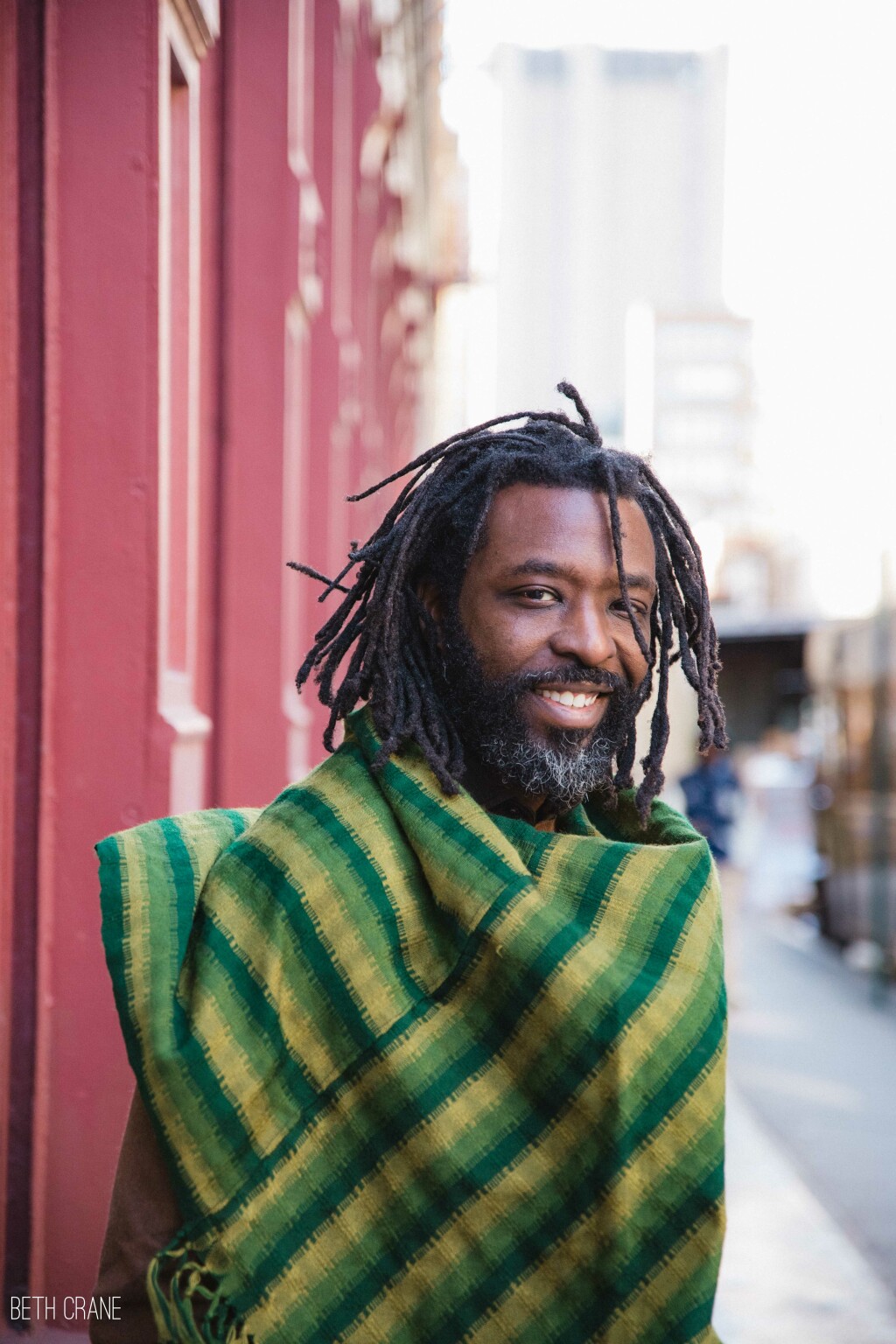I met Keith at a small one-day conference called Future of Care, hosted at the Rockefeller University late last year. Keith was on a panel of entrepreneurs talking about their experiences developing new hardware devices in the medical field. Everyone on the panel was fascinating - I learned about how the process of collaborating with the FDA has changed over the past 5-10 years, trade-offs between being eco-friendly, cheap, and medical-grade, how to tell when your iterations have stopped adding value, and more. Keith was the most interestingly dressed person in the room, and he talked with vim about his soon-to-be-released product The Wayband, so I followed him out of the panel and managed to briefly introduce myself while he was bombarded with questions
We met up on the first truly cold day of the year - all the ginko trees in Soho had dropped their leaves, and the streets looked briefly like a meadow. It was so cold my fingers went numb while we were shooting. Enjoy!
Tell us a little about you?
My name is Keith Kirkland and I am from Camden, NJ. I have been working in a field called haptics - “of or elating to the sense of touch” - for the past 5 years.
I’m one of the cofounders of WearWorks, where we are building a company that creates products and experiences centered on communicating information through touch. Wayband, our first product, is a wrist-wearable navigation device that guide a person to a destination using only vibration. In 2017 it helped a person who was blind run in the NYC marathon without sighted assistance.
Before this I was working in the fashion industry as a handbag designer and pattern-maker. And before that I was working as an engineering energy analyst, helping manufacturers reduce their carbon footprint by integrating energy conservation practices into their core processes.
How do you decide what to wear each day?
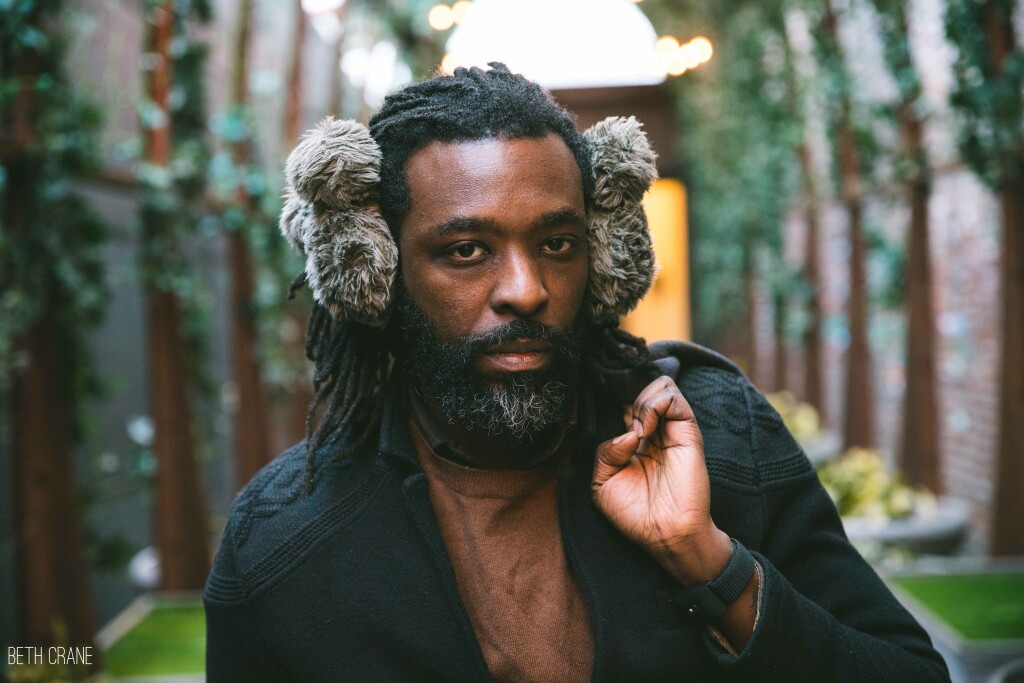
Mostly I choose what to wear based on how I want others to feel about me and how I want to move. I used to practice martial arts and in my head I’m a ninja, so I have a weird little thing where if I can’t perform a roundhouse kick, the pants don’t have enough movement for me.
I’m also often presenting - I’m teaching, giving workshops or talks, meeting with investors or potential partners. So I try to find a version of my style that communicates both intelligence and connectedness/relatability.
I love layering - I often gauge the awesomeness of my outfit by how many looks I can create just by layering up. The key is that my look should look great no matter which pieces I am wearing at the moment.
How has your style evolved to what it is now?
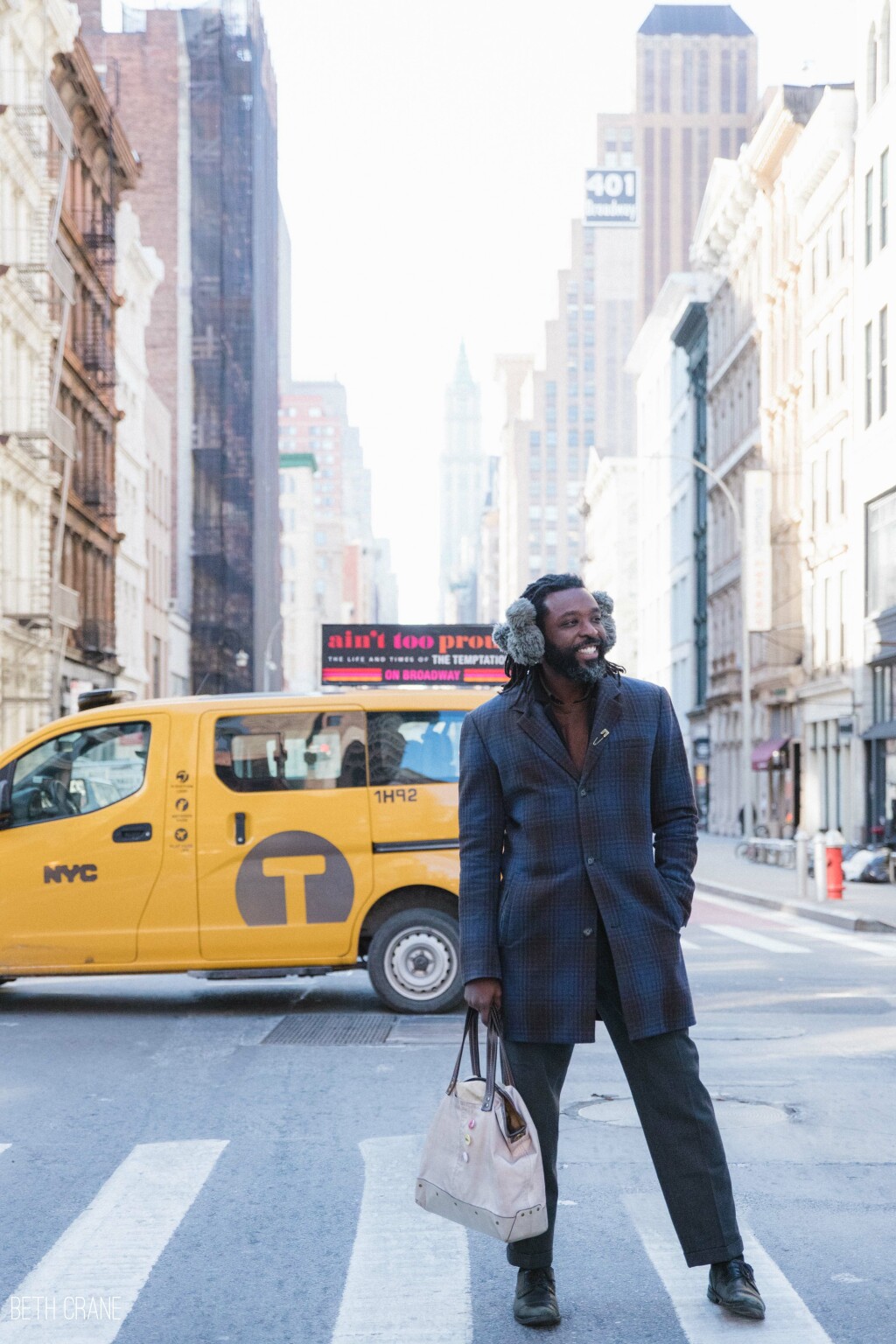
My friends, honestly: I’ve had friends donate half of their closets to me. I also come from fashion and prefer to buy something used when I can.
I think the second thing that evolved my style a lot is exploring fit - I often find amazing articles with interesting cuts in the women’s section. Gender designations for clothing are often something I ignore…if it feels good, fits good and looks good, I’ll take it regardless of it being “men’s” or “women’s”
Is your professional style different from your personal style?
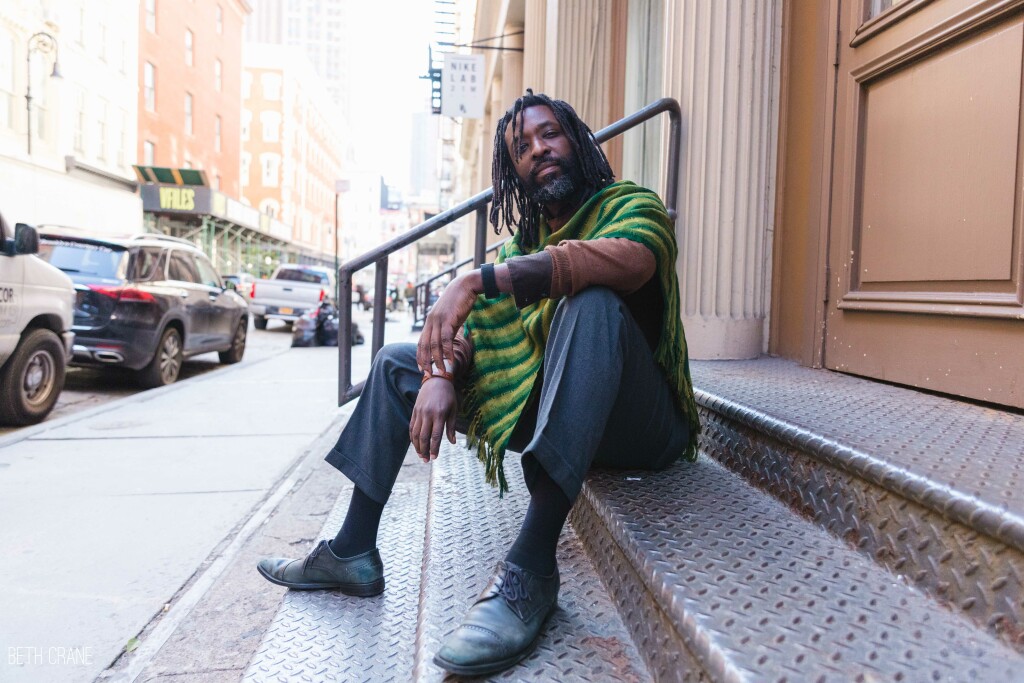
No…Well maybe slightly. Personally, I am all about movement and a bit of minimalism. Professionally, I take my personal style with the additional thought of how I may want someone else may perceive me. The perception thing is deeply empowering and a lot of fun. It’s less “let me dress in a way that is acceptable” and more “what type of impact do I want to leave on this person (visually) after having seen me?” So fashion is a way I can play with someone else’s reality and perception of me.
What are you working on at the moment, and what do you love about it?
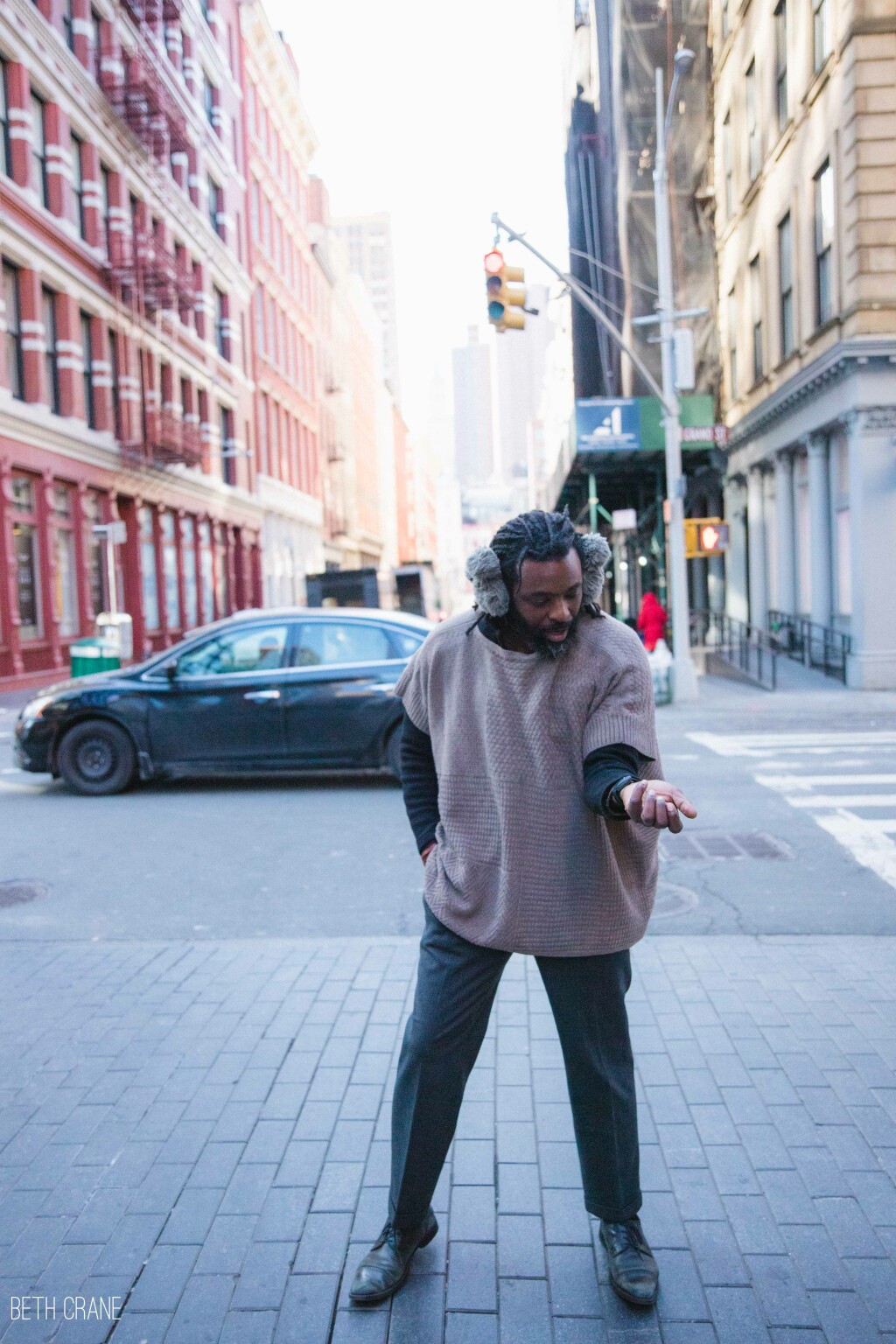
At the moment, I’m working on WAYBAND™, a device that you wear on your wrist that shows you, through vibration, how to get from where you are to a destination you are traveling to. The thing I love the most about it is HOW we communicate information: instead of giving you info through your eyes or ears, we are using the skin as a communication channel.
How did you land where you are now? Did you have a plan?
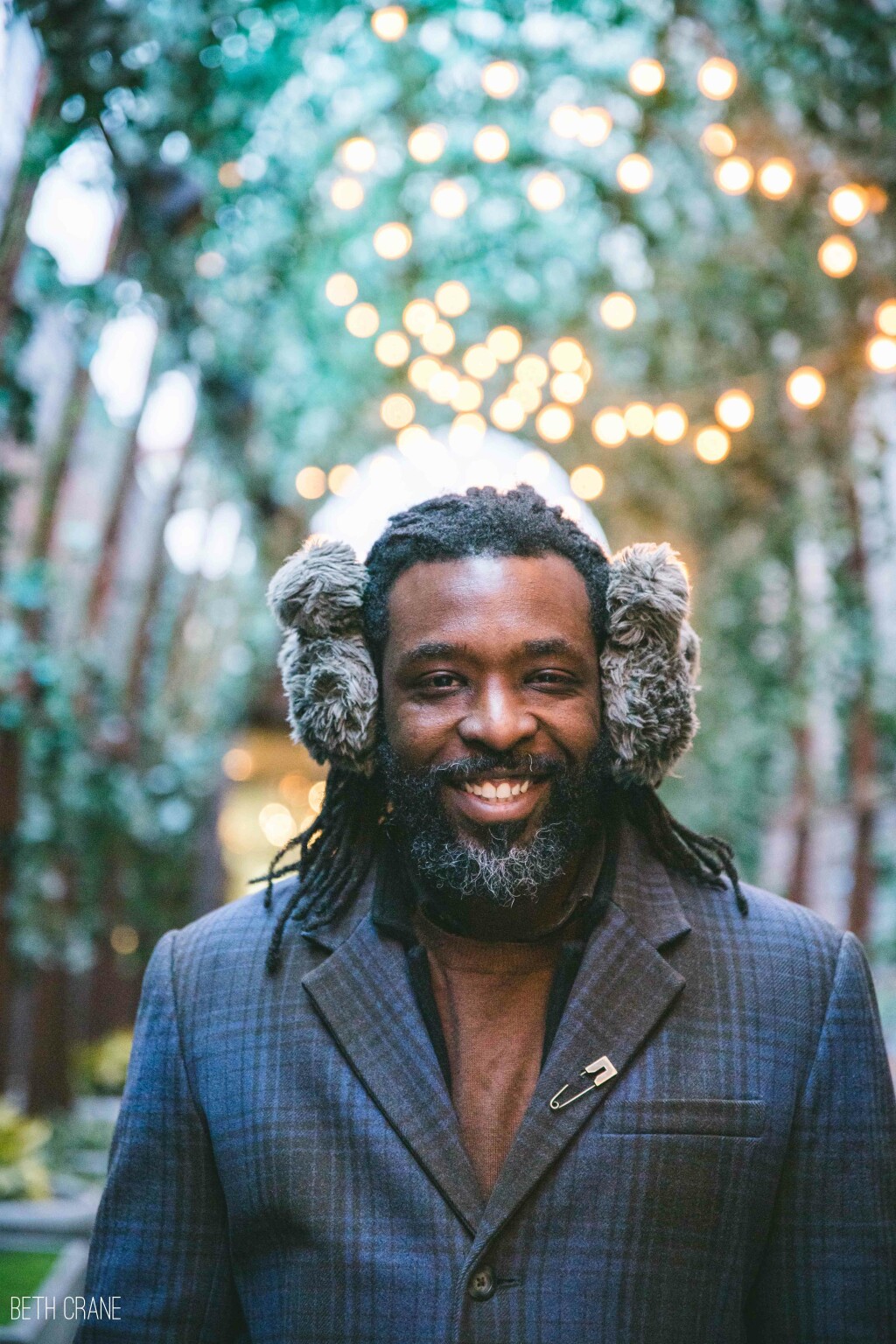
Plan… yes, I had a plan: To follow my joy.
I started in mechanical engineering at Rutgers. I eventually left the engineering field because I wanted to do something more hands-on and creative, which led me to study accessories design at FIT. I worked for Calvin Klein and Coach for a few years and then I left fashion to find a deeper sense of meaning and to create an impact, and that led me to the Pratt Institute for Industrial Design.
When I came out, all three worlds combined and I knew I wanted to design wearable technology. Then my cofounders, who were friends, connected with me to build a wearable tech company together.
But there is no way I could have predicted this…it took having a lot of faith, trusting that all these jumps would be significant
Looking back, from Engineering, fashion, industrial design to “wearable tech” creator, it can easily seem like it was meant to be…
What is a piece of non traditional career advice?
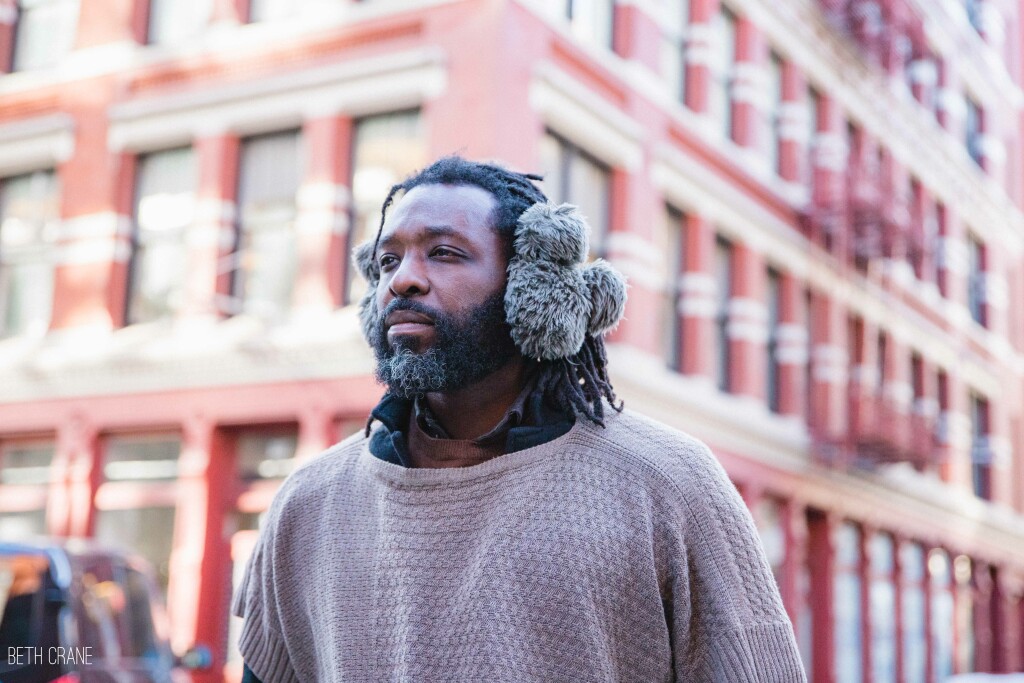
“Be you… everyone one else is taken.”
I was a bit of a weird kid, quiet and kinda awkward. I tried being what I thought would be liked and accepted…And that will get you somewhere. But I blossomed in both my career and personal life when I started really being myself and not being afraid to share what I found of myself with my little corner of the world. We each have a gift, an individual expression of reality, that can only be delivered by each of us.
No one else has the unique set of circumstances that created you, so if you don’t do “the thing”, there is a chance it simply may never come to exist in the world. So bring you into your work, as much of you as you can.
Are there any misconceptions about STEM fields that you’d like to clear up?
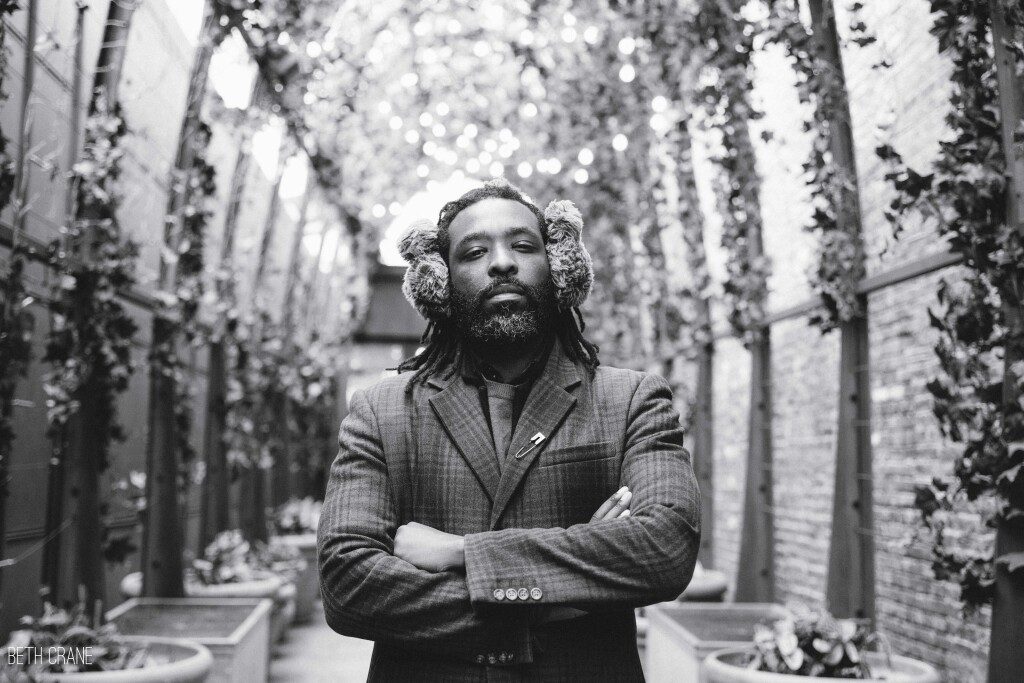
I’m equal parts art and math, and when I began to focus in engineering I let the part of me that used to draw comic book covers fade away. My move to fashion helped me to regain that connection.
I think that people who don’t know much about the field may feel like you have to leave your creativity to the side and pick up scientific theory instead, and I wish I had know back then that the scientific method is a tool to help you to explore your creativity.
STEM and art were never so different. You don’t need to leave the creative part of yourself outside of your studies. In fact, the best engineers and scientist are ones who recognize that anything is possible (as long as you don’t break the laws of physics) and use their creativity and personal curiosity to push the limits of human understanding.
What do you wish you’d know when you first started working?
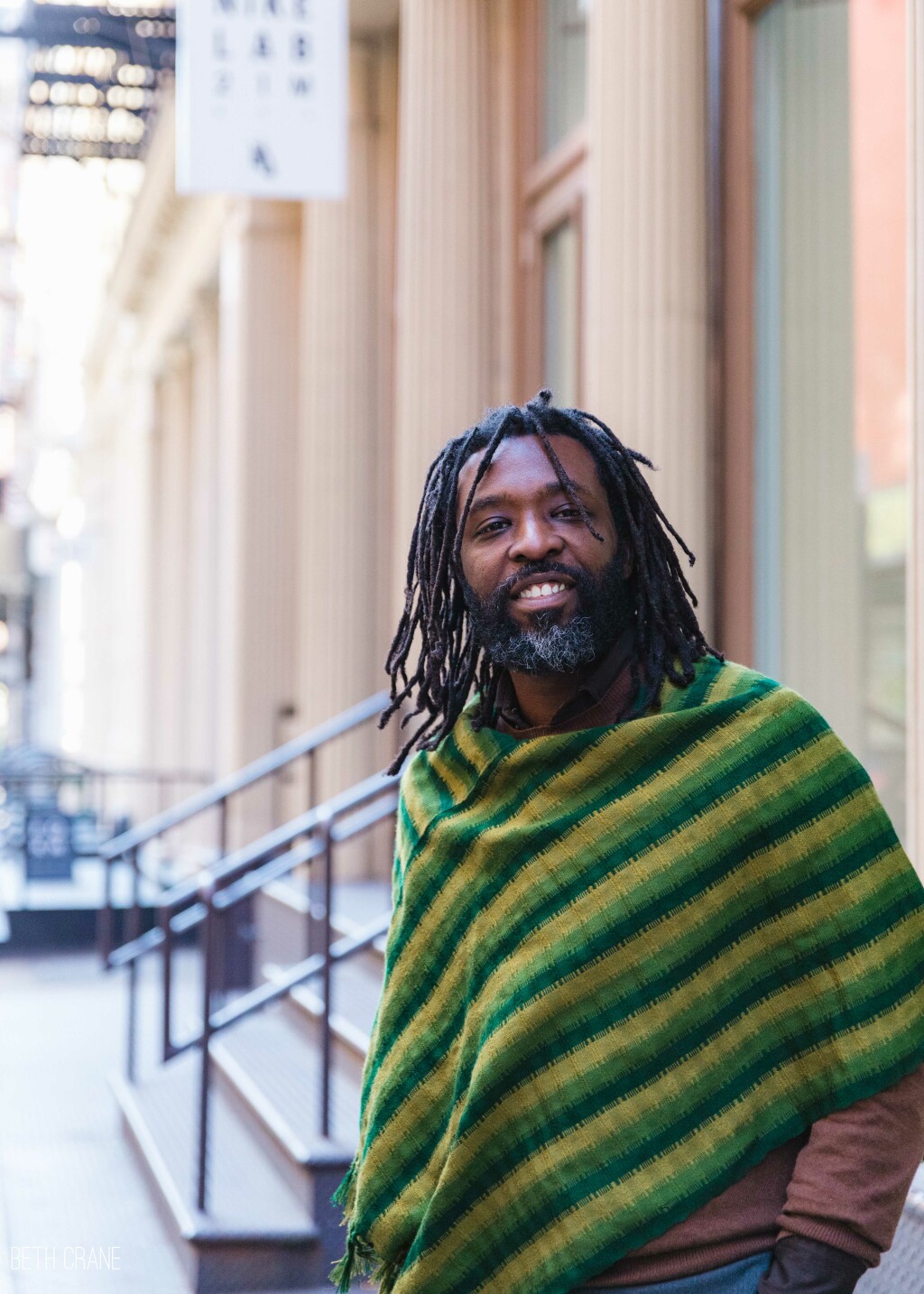
I wish I had known that everyone in the world is just making it up as they go along. Steve Jobs, Calvin Klein, Alexander McQueen, Amar Bose… They were all just making it up. As a student I thought my teachers were beyond human, and now as a teacher I realize that I have no idea what I am doing on most days. But I do know what I want to accomplish: learning, connection, impact, self-actualization… And the rest, I make up as I go. We all do. So don’t be afraid to make some stuff up, especially when it goes against popular opinion.
All of life is a series of micro and macro experiments, set them up to use them and learn from them. But don’t shy away from finding the answers for yourself by depending too much on the answers that everyone else shares with you. Their answer may not be yours, but listen and learn so you can design a better experiment for yourself when you explore.
What gets you out of bed in the morning?

What gets me out of bed in the morning is haptics. And, more importantly, their potential use in a variety of application centered around communicating movement.
The other thing that helps is that I feel a great responsibility to have my life be an example. To my family who helped raised me through poverty, to the friends who have believed in me and supported even when I had no idea myself what I was doing, and for all of the people that won’t ever get the opportunities that I have been given simply because they weren’t born with access to the resources they needed to create the world they wanted to see (or even to know that “creating a world” a possibility). That is what really moves me to not give in to my own negative self talk.
As a co-founder of a small company, what do you look for in the people you’re hiring?
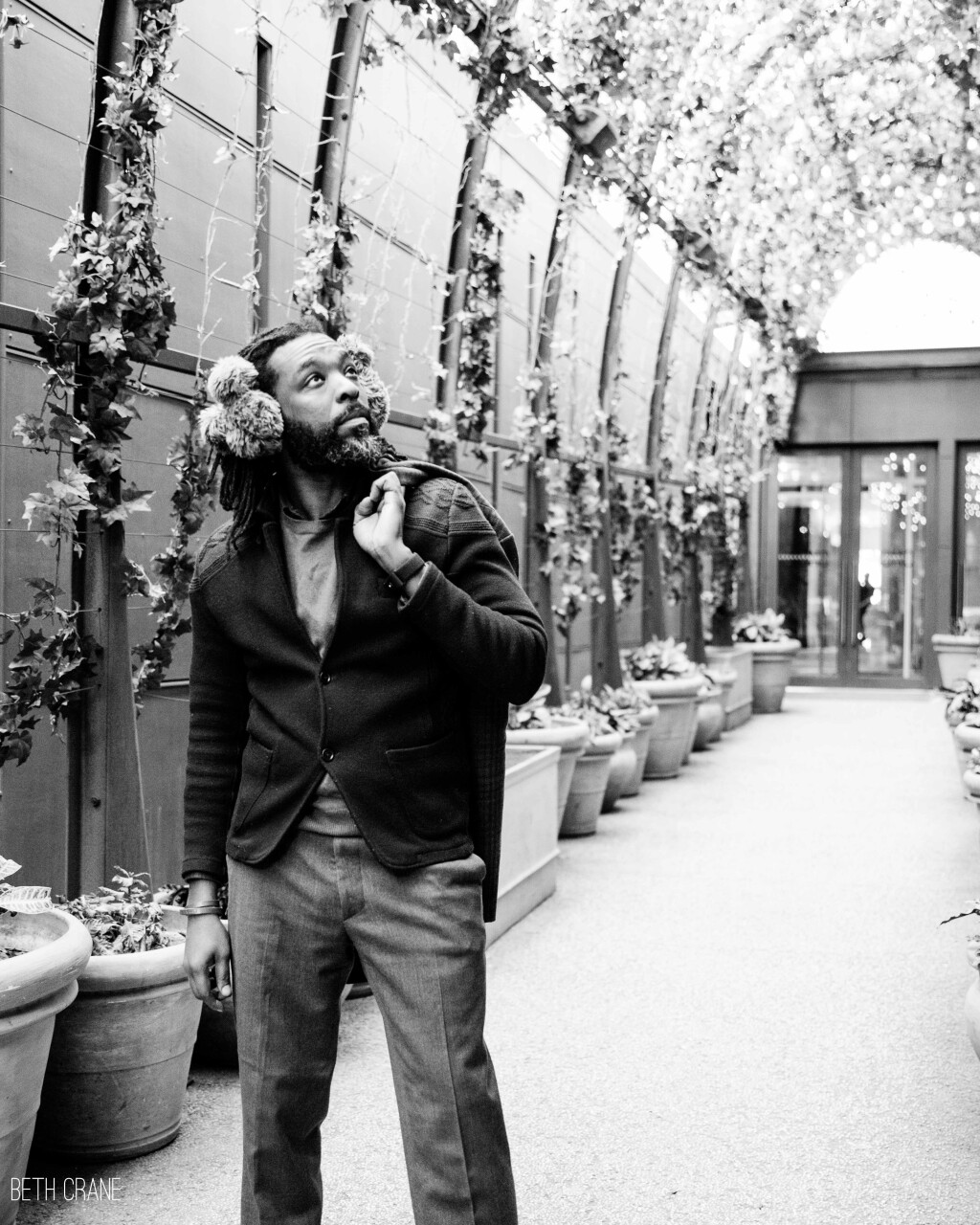
I look for self-starters who connect personally to the work we are doing. In this world of startups, I am often just learning about something that I then need to turn around and explain to someone. As a novice myself, having someone who sees what the overall goal is and can figure out (on their own) a path to get there is ridiculously invaluable.
It takes a lot of time to breakdown a project that someone else can do, so when I meet a person who can listen well enough to understand how to ask questions and can propose a strategy of how best to get there, it is the most beautiful thing in the world.
What’s next for you, once Spring rolls around and the product you’ve been working on for the past 4 years officially launches?

After we launch and the WAYBAND™ is doing well, we have quite a few options to take. We have a lot of additional functionality we would like to explore with the WAYBAND, and once we have a user base that is substantial, we can begin exploring these opportunities.
We also see several product opportunities using the same device that can be applied to people with other disabilities: hearing impairments, Parkinson’s disease, autism, and vestibular impairments are just some of the areas where we feel we could design a solution that may benefit people living with those conditions.
Is there something you’d like to hear about from the people reading this?
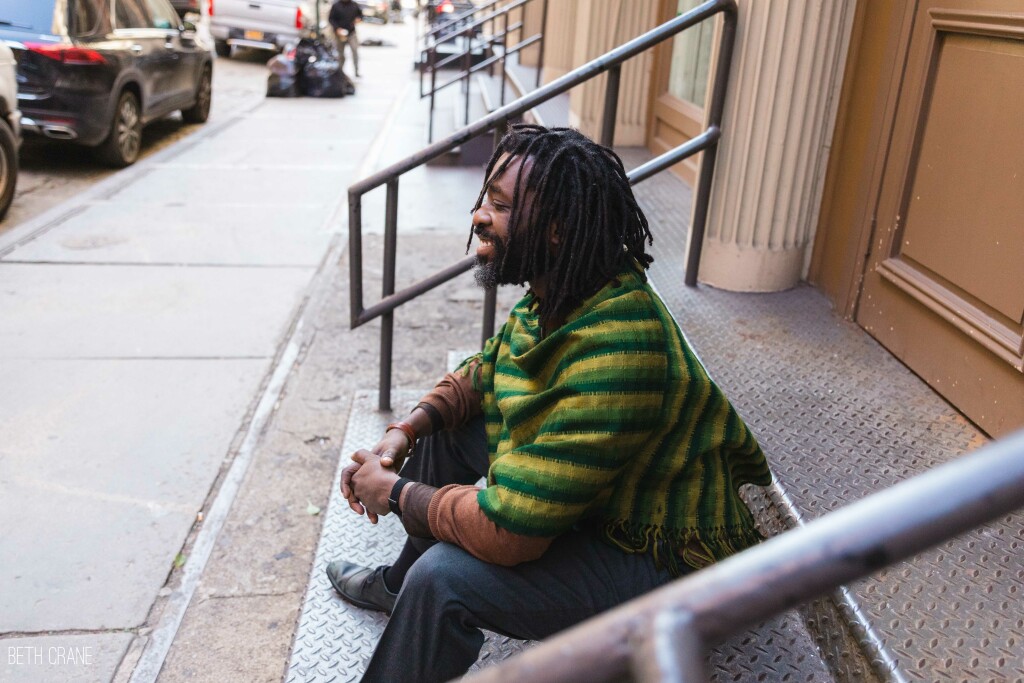
I’d love to hear about what people think and what they feel might be the future of “Haptic Design”. So many people have given us great ideas of how they think our tech could be used to solve their personal problem, or to help with a disability. We love getting these emails. And if there is any opportunity for partnerships, we are also open to hearing from people as well.
What is the best way for people to connect with you?
You can email Keith at hello@wear.works.
Thank you again to Keith for braving the cold to do a quick early morning photo session with me, and for taking the time to give such a thoughtful interview. Good luck with the WAYBAND lauch - I’m excited to see what direction it takes you next!
